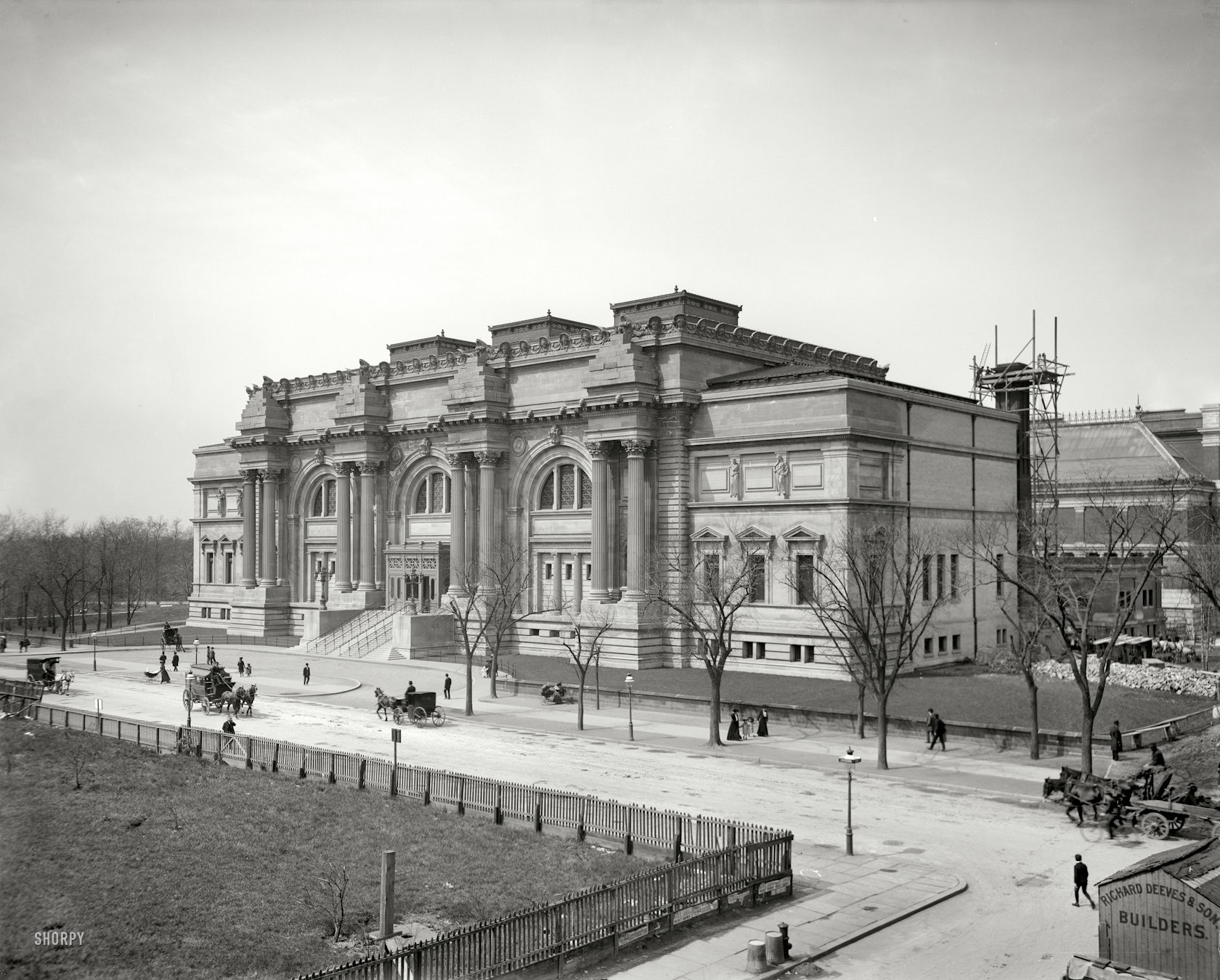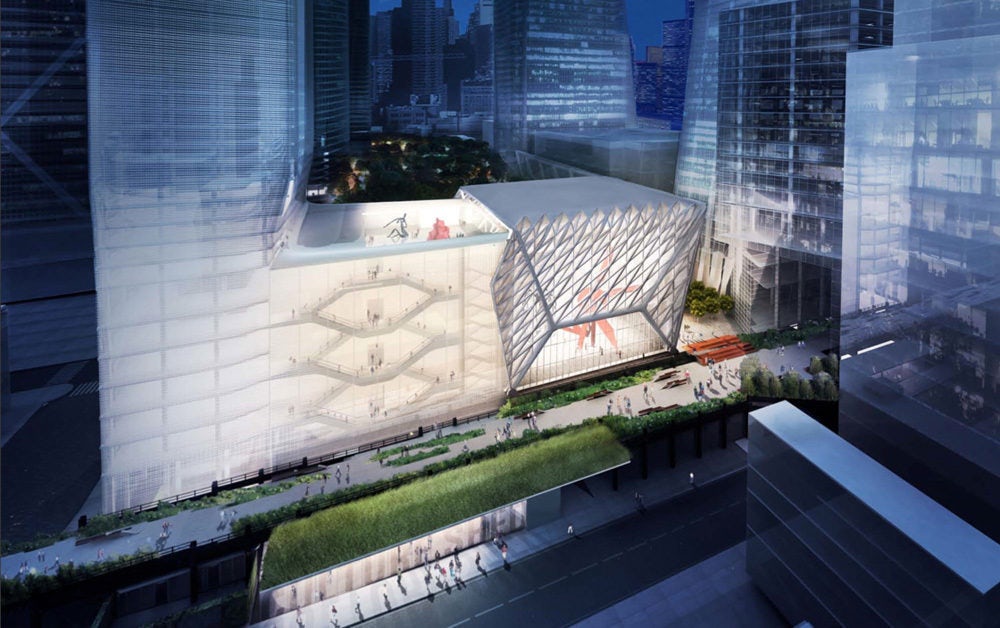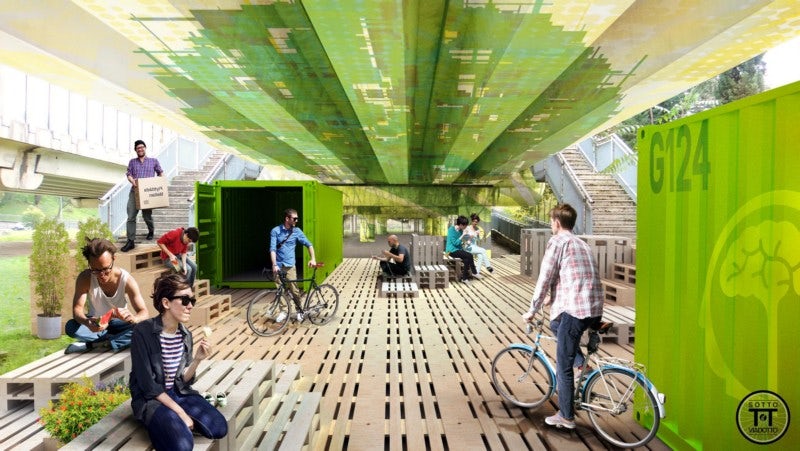The ingenious philanthropic model of the public/private partnership has long sustained America’s cultural and civic assets, relied upon by museums, historic places, parks, hospitals, and libraries for design, building, and ongoing program operations. The model constitutes the core of the nation’s uniquely market-reliant nonprofit sector — it is the bedrock of civic goodwill and public benefit.
This tradition dates back at least to 1869, when a burgeoning City of New York first gave land on the western edge of its new Central Park, along with construction funds, for the recently incorporated American Museum of Natural History. Architect J. Wrey Mould conceived the first, long-subsumed Gothic Revival structure. Five years later, the City did the same for the Metropolitan Museum of Art across the Park on Fifth Avenue; its initial architectural iteration by Calvert Vaux can still be detected by an informed eye. Both museums were launched in this symbiotic public/private manner in accordance with the Central Park Commission’s 1857 “Greensward Plan.” Olmsted and Vaux’s winning proposal called for for the placement of such buildings on street-accessible edges as places “to humanize, educate, and refine a practical and laborious people.”

Metropolitan Museum of Art. Image via Shorpy

Queens Museum of Art. Image via Grimshaw
In the ensuing century and a half, this ingenious governance system has prospered and spread. City-owned assets make the New York City Department of Cultural Affairs by far the country’s leading source of government arts funding. Over recent years, they have allocated several billion dollars toward both renovation and new construction of related sites across its five-borough jurisdiction. The successful 2013 $68 million transformation of the Queens Museum — from the original 1939 World’s Fair pavilion by Aymar Embury III to a 21st century user-friendly paradigm, overseen by Grimshaw Architects — was made possible primarily by $48 million in City capital funds. 70% came from the collective hands, so to speak, of hard-working New Yorkers.
During the last 40 years, however, this public constituency — the American taxpayer share as collected and allotted by elected and appointed officials at all levels of government — has been eclipsed in general consciousness by the generosity of a duly celebrated few. The perception grows when public places are renamed for an especially generous donor as budget balancing demands. Examples abound: The New York State Theater becomes the David H. Koch; the main 42nd Street New York Public Library the Stephen A. Schwarzman Building; and the Philharmonic pays back the descendants of Avery Fischer the sum (plus interest) that he donated in 1973, freeing it to sell the name anew. For most institutional beneficiaries, “permanent” now signifies just the next fifty years and most enlightened donors understand that fact.
Such fine private support is essential to strong and innovative progress yet it only works when the partnering public share stays in lively funding force. A risk of rupture comes into play when the public role goes unappreciated. In such a vacuum, decisions can be solely political in a guise of economic necessity.

Image via James Corner Field Operations and Diller Scofidio + Renfro
The brilliant advent of The High Line, commissioned by its namesake private nonprofit organization from Diller Scofidio + Renfro and James Corner Field Operations, offers a case in point. In the popular imagination, it was private donors rallying around the leadership example of neighbors such as Barry Diller and his renowned wife Diane von Furstenberg who made it happen. In fact, of the work done there to date — totaling approximately $187 million — 77 percent has come from taxpayers ($123 million via the City and about $21 million Federal and State) with only one quarter from matching private donors. This public allocation is what set it in motion and made it safe for private donors to follow; the taxpayers were its founding patrons.
The same applies at such varied sites as the magnificent Kings Theater on Flatbush Avenue in Brooklyn, where a long-abandoned movie palace is now reborn as a versatile modern performance venue as overseen by the firm of Martinez & Johnson Architecture along with Houston’s ACE Theatrical Group. Of its total cost of $95 million, to date about 60 percent is from the taxpayer with the balance from private investors, who as a result stand to profit from its operations.

Kings Theater. Image via Flickr

Culture Shed. Image via Curbed
This public/private list continues: For the new Culture Shed in Hudson Yards, also by DS+R; the hoped-for PAC WTC performing complex at Ground Zero (design team TBD after dropping a decade-old Gehry plan); and the soon-to-open Staten Island Museum on the grounds of the Greek Revival elysium of Snug Harbor. In the latter instance, one of the great Minard Lafever’s temples of the 1830s is being transformed as a sort of mini-Smithsonian by Ralph Appelbaum Associates, thanks to an appropriation of $23 million from the taxpayers — constituting a full 85 percent of the total project cost.
As New York’s Economic Development Corporation (NYCEDC, a government-backed nonprofit business incubator now common across the country) advances the Howard Hughes Corporation’s controlling redevelopment of the South Street Seaport Historic District, the reality of this underpublicized partnership model merits attention.
One of the reasons given for this development decision is that the piers and platforms that literally undergird the Seaport District are in perilous condition and that the city cannot afford their repair. Since this waterfront infrastructure is no different by law than streets or schools as a part of the municipal infrastructure, the argument is that only by yielding control of public assets to a private developer can the needed capital be secured. And as the logic goes, the developer in turn must be allowed to build a luxury tower out over the East River itself on one of those replaced piers just below the Brooklyn Bridge. SHoP Architects was engaged to conceive it, along with a team of engineers and coastline building experts.


South Street Seaport District. Images via SHoP
This over-water Seaport tower would stand across the East River from the fast-rising Pierhouse and 1 Hotel at the Brooklyn Bridge Park building by John Marvel Architects. Similarly hatched as a partnership yielding public land, to new development, for funds to operate the new Michael Van Valkenburgh-designed Park, it is only now that the building has topped out is its full impact on Brooklyn Heights (America’s first designated historic urban district) above it understood.
The facts in all such tradeoff transactions are otherwise.
It is true, as officials say, that the public treasury simply cannot afford all that’s needed or all that’s dreamed of. Not even close. It is also true, however, that there is no project that they cannot consider paying for at this stable juncture in economic history. There is never a place that is ipso facto off limits. Instead political choices are made about what to afford and to appropriate for accordingly. Case in point: the High Line.
It is against this background of choice that the citizens are well-served to understand how much their tax contributions translate into patronage and why therefore they can use this authority to shape critical decisions about the future sustainable city.

South Street Seaport District
Image via SHoP
For now, public officials have decided not to help maintain the South Street Seaport District despite its status as the last trace of both New York’s maritime origins and the littoral crucible for a significant fraction of the American immigrant experience.
The radical change resulting from this private developer option both architecturally and urbanistically deserves to be judged on its own merits, not as an economic inevitability. Here as elsewhere, the taxpayer patron, like any design client, deserves a loud, unfiltered voice in the decision-making. Such broad public appreciation can only be good for architecture and its fellow professions.




